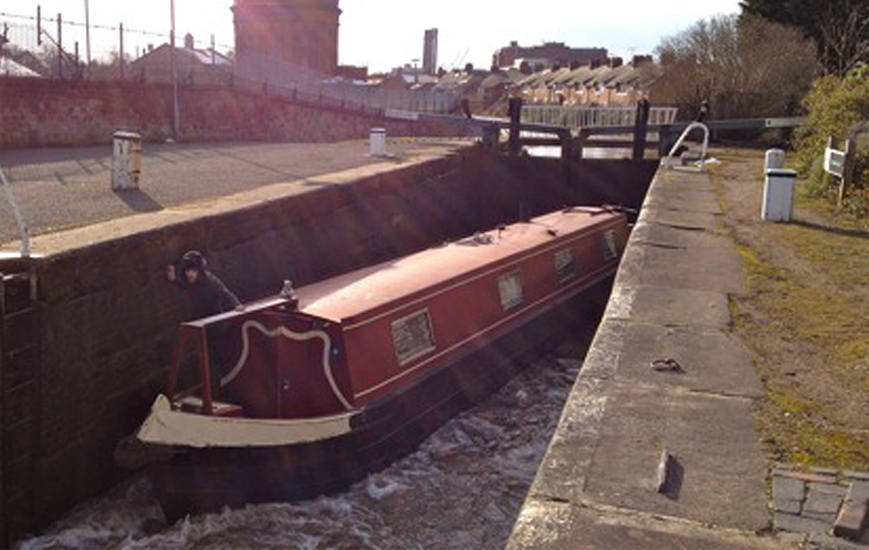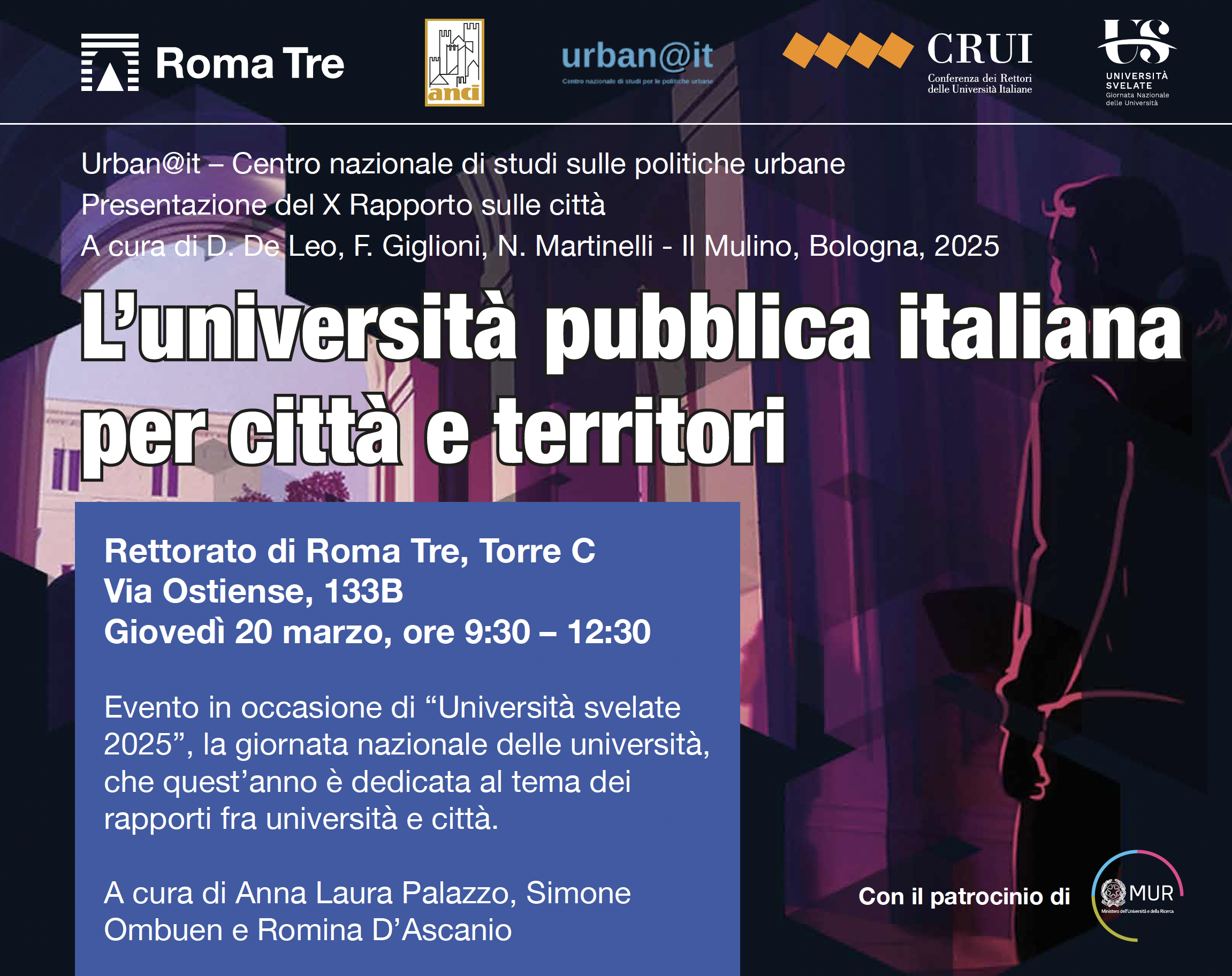5kmperhour

Reading Chester to London: 5Km/h
PhD candidate, Department of Architecture, Roma Tre
This piece of Site-Reading[1] (Rendell, 2010) starts in Chester on the 23rd of March 2013 and ends in London on the 3rd of May 2013. It consists of a 15 minutes video, which performs the action of reading the distance between Chester and London, plus this commentary to complement it. The two pieces are meant to work together as a whole, accompanying the reader/watcher into this journey in space and time. 5 Km/h is the speed at which the land changes around us as we cruise along the English canals between Chester and London. Speed, with its accelerations, decelerations and stops, in form of a travel on a narrowboat along the canals of England, is the means by which we came to question the nature of progress by observing the stratification of landscapes and organizational structures it has created in a specific site: a diagonal slice cutting England from north-west to south-east across the midlands.
Canals of England, or the horse that turned into a snail
Such slice is not arbitrarily chosen. It is a slice made of water, or better said, artificially constructed by thousands of men in order to accelerate transport and optimise the distribution of goods and raw materials across the country between 1770s and 1840s. The canals we crossed on our journey formed the central spine of England’s transport system carrying coal from Warwickshire, glass from Strournbridge and imports and food from London. The canal network was at the core of the innovations that allowed the whole system of production in England to shift from the dispersed, rural units of production in operation for many centuries, to the concentrated, massive industrial units of the industrial age. Such massive shift generated an impressive discontinuity in the occupation of space according to the new means of production and transport. Along with space, the relationship between man and labour was radically modified. As industries were growing and spreading, more and more men were absorbed by the new system of production, moving from the countryside to cities, at such a scale that they formed a new social class, the urban proletariat.
In the 1840s, however, canals were superseded by the railways. What was once fast and innovative suddenly became slow and antiquate. In those years the horse turned into a snail, and canals soon stood as a ruin of the idea of progress that animated their construction in the late XVIII century. Nowadays they are preserved as a heritage site and their economy mainly revolves around tourism and leisure activities.
Spirits / Workers / Aristocrats
We decided to present our journey in form of a short-video structured around the various landscapes at various speeds as we have experienced them.
The first phase, the Shropshire Union Canal, which connects Chester to the Black Country, is mainly a naturalistic path, crossing wide country lands, with very small towns. We felt it to be a quite mysterious land, still dominated by country living, a land where folklore and oral tales are one of the most powerful means to communicate its atmosphere. In the video this part is presented through naturalistic images associated with a text of whispering voices telling ghost tales associated with the area. Spirits of workers who died of a violent death, whose souls are condemned to be tied to the places where they encountered death, are commonly known to populate these lands. They are reported to appear in the form of mysterious figures and noises especially along the waterways of Shropshire, which are known for the great concentration of such unresolved souls, and gave way to a rich, fictional?, literature of such narratives.
As we approach the Black Country Belt, particularly between Wolverhampton and Birmingham, the shift is shocking. Though 21 locks we move from the idyllic and mysterious land of the Shropshire to the heavily industrial one of the Black Country. Wide empty fields give pace to massive industrial fabric of iron and steel manufactories. The 21 locks are for us a liminal zone transferring us to a totally different world. For this reason we narrate them as an imaginary dialogue between the countryside and the industrial city. Through displaying the mechanic repetitive gestures that operate the locks we imagine them as the moment in which past and future face each other when building the canals.
We are now at the heart of the industrial land. A land that queen Victoria, when visiting the Black Country would refuse to look at from the window of the train where she was travelling, a land defined “black during the day, and red at night”. The same land that we are crossing with our narrowboat still carries the traces of such past, and it is not difficult to imagine a massive amount of manufactories spitting dense black smoke from their immense chimneys. To narrate these lands we pay a tribute to the workers that have operated them for many decades in the XIX and XX centuries, by associating the images of the industries to Engel’s dedication of his The Condition of the English Working Class to the English Working Men.
Our journey continues on the Oxford canal, again nature prevails, wide lands with animals pasturing and farms surround us. As we cross these lands heading to London the sudden news of the death of Baroness Margaret Thatcher fills every radio or tv space. The news reopens a fresh wound in British history: the first woman prime minister of the western world, a figure that, through perseverant battles against the English workers in the 1980s, particularly the miners, has deeply influenced the course of modern politics, inaugurating a phase of profound reforms of the economic system in favour of financial industry, that from Britain vigorously and rapidly spread all over the world, has just died of a stroke at the age of 87. Around us, the landscape changes again quiet dramatically. Aristocratic extensive mansions now surround us as we approach London from its most wealthy entry: the west River Thames. It is with such images in our eyes that we finally enter into the City of London, one of the major global capitals of contemporary financial power. In this last chapter of our journey industry dialogues with finance, through the words of Britain’s longest serving Prime Minister, Baroness Margaret Thatcher.
[1] Site-Reading is a writing technique introduced by Jane Rendell as a critical spatial practice in her book Site-Writing: The Architecture of Art Criticism, Tauris, London, 2010.
References:
Collins, P., (2001) Black Country Canals, The History Press, UK.
Engels, F., (1971) The condition of the working class in England, translated and edited by Henderson, W.,O., & Chaloner W.,H., Basil Blackwell, Oxford.
Rendell, J., (2010) Site-Writing: the architecture of art criticism, Tauris, London
Tonge, S., (2007) Shropshire ghost stories, The History Press, UK.
Web references:
Thatcher, M.,: “No such thing as society”, interview for Woman’s Own, 23rd September 1987, (available at: http://www.margaretthatcher.org/document/106689 , last accessed July 2013.)







